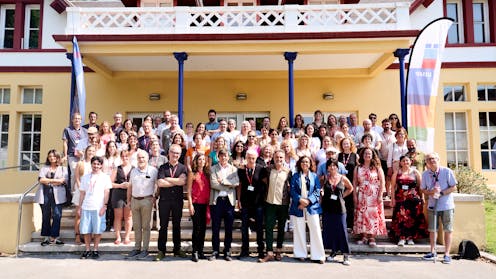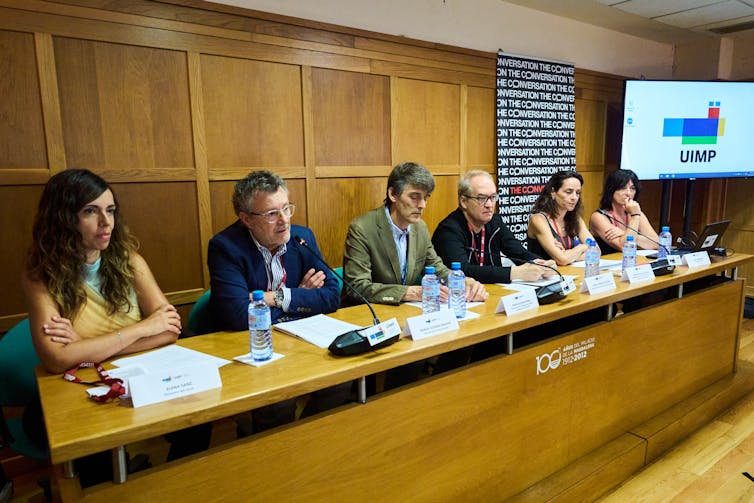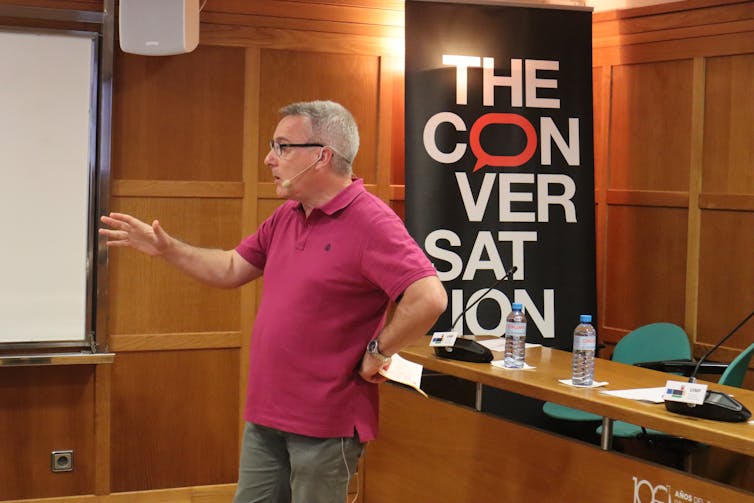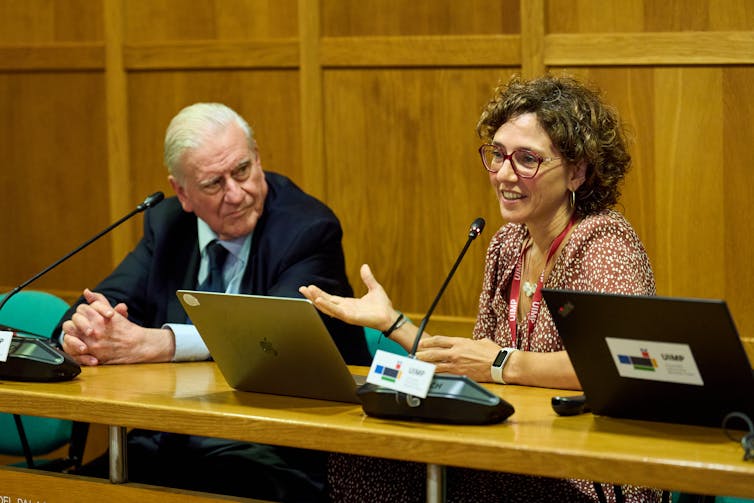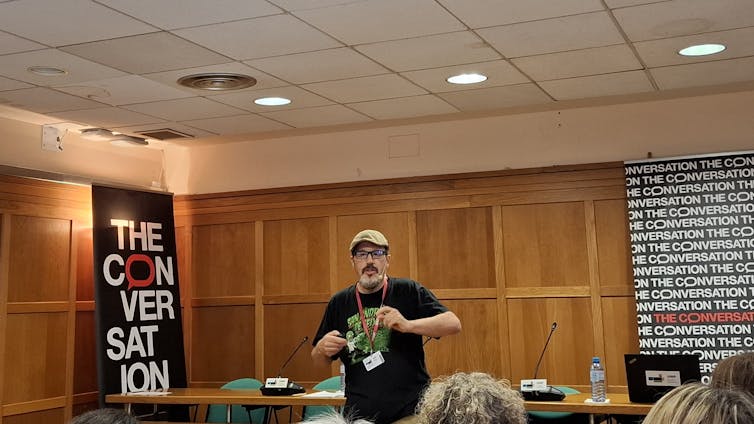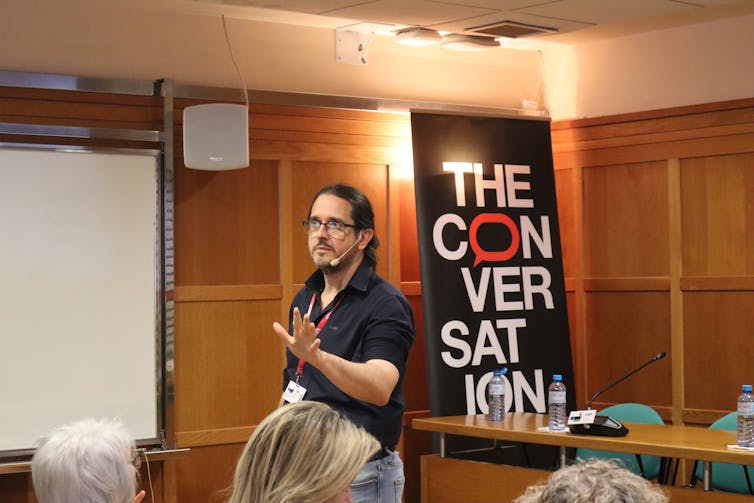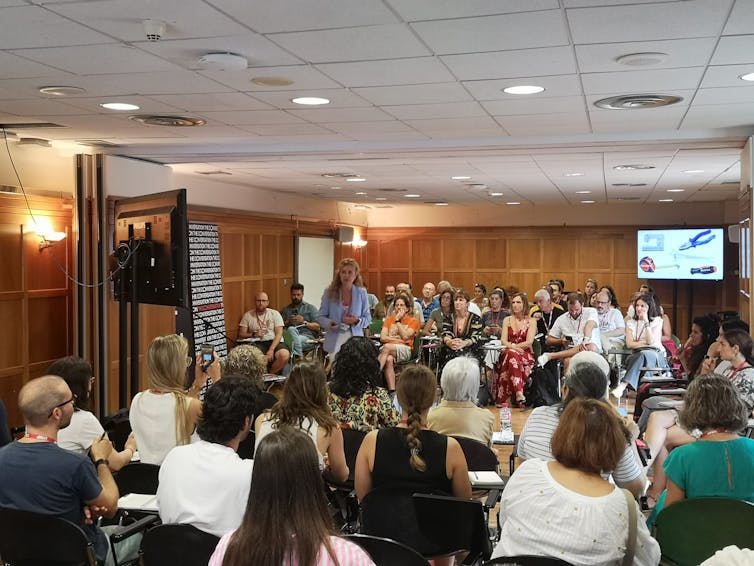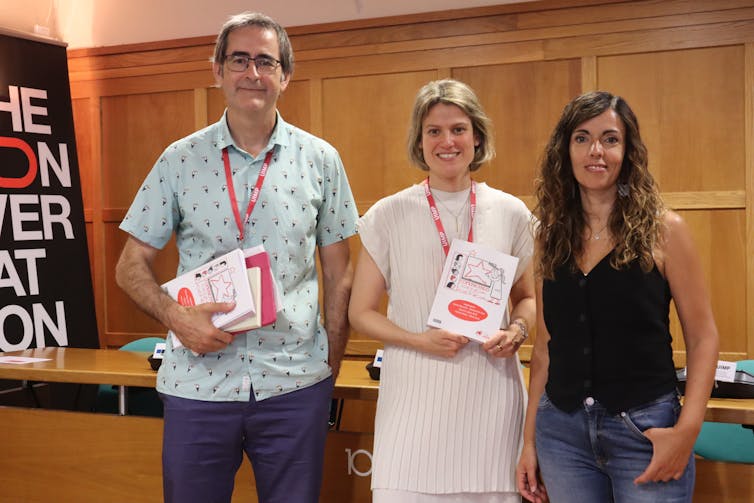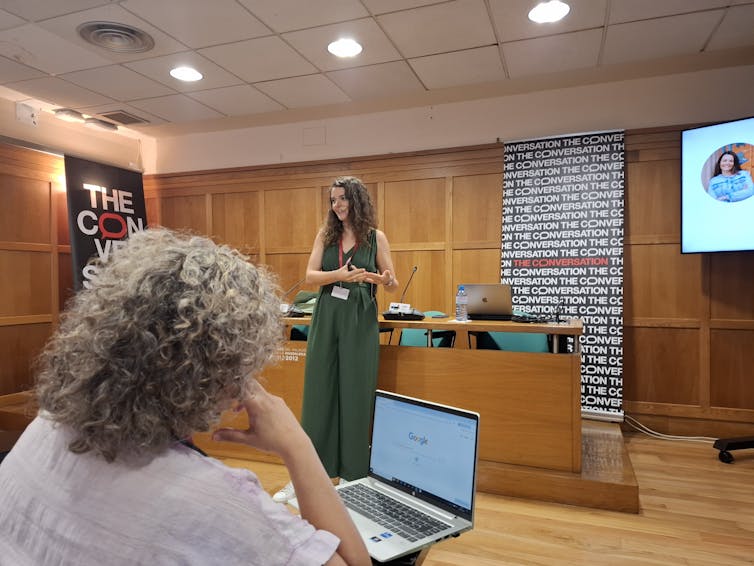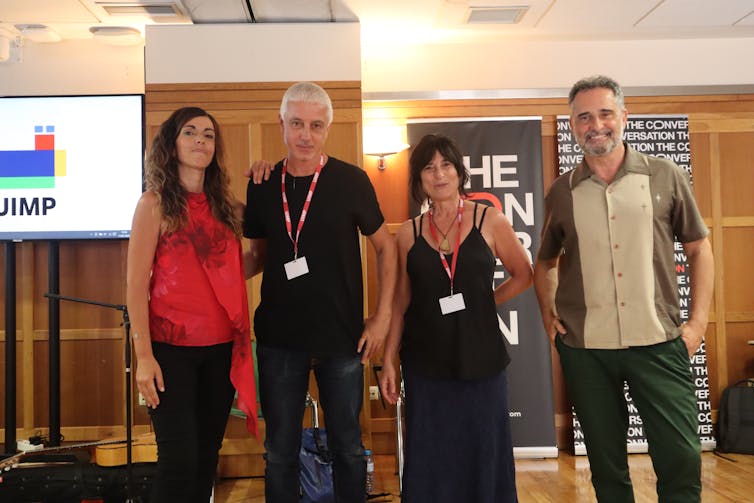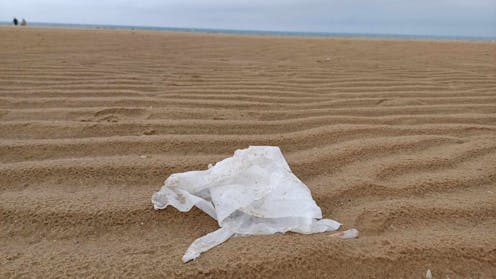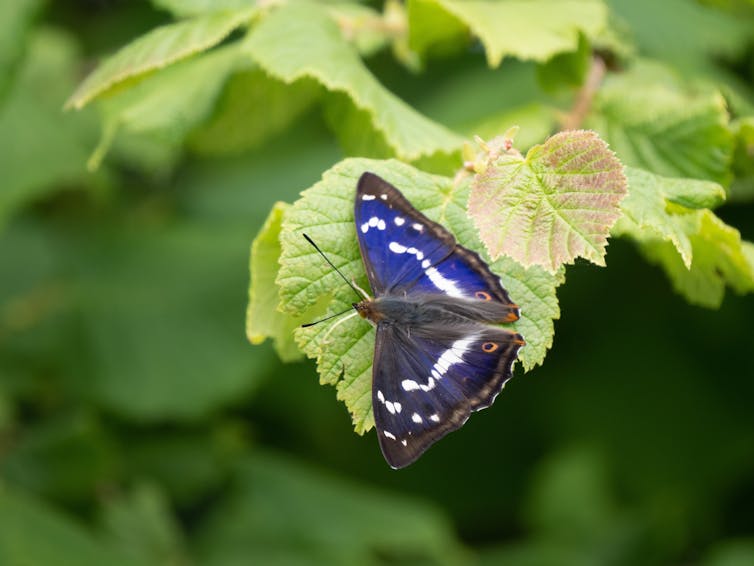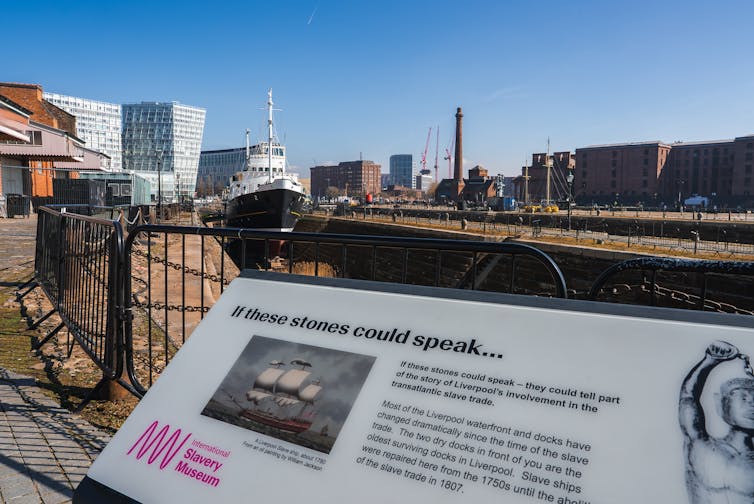Source: The Conversation – in French – By Martine Lagacé, Professeur titulaire, communication et psychologie sociale, L’Université d’Ottawa/University of Ottawa

Elles sont qualifiées, engagées, et pourtant souvent invisibles. Les femmes de 45 ans et plus représentent une force croissante sur le marché du travail québécois. Mais leur expérience suffit-elle à les protéger des préjugés liés à l’âge et au genre ?
Au Québec, on observe une augmentation continue du nombre de personnes âgées de 55 à 69 ans qui demeurent sur le marché du travail, particulièrement chez les femmes. Chez ces dernières, le taux d’activité est, en effet, en croissance constante, particulièrement dans la tranche d’âge de 55 à 59 ans (+ 30 points selon l’Institut de la statistique du Québec).
Malgré tout, ce renfort démographique n’est sans doute pas suffisant pour faire oublier les préjugés liés à l’âge et au genre.
À lire aussi :
Un monde du travail à réinventer pour faire une meilleure place aux femmes
Mieux comprendre l’expérience des travailleuses d’expérience
En 2024, une étude empirique, pilotée par notre équipe de chercheurs et mandatée par le Comité consultatif pour les travailleuses et travailleurs de 45 ans et plus, a permis de dresser un portrait nuancé de leur réalité. L’objectif : cerner leur expérience subjective du marché du travail. Comment perçoivent-elles leur emploi ? Qu’est-ce qui les motive à continuer ? Quels obstacles rencontrent-elles, et comment envisagent-elles la retraite ?
Pour répondre à ces questions, 455 femmes âgées de 45 ans et plus travaillant sur le territoire québécois ont répondu à un questionnaire auto-rapporté. Pourquoi ce seuil d’âge ? Car une littérature abondante suggère que dès l’âge de 45 ans, les travailleurs risquent d’être la cible de comportements et de manifestations d’attitudes âgistes.

(Unsplash), CC BY
Des 455 participantes, la majorité (55 %) était âgée de 45 à 54 ans, et plus d’un tiers détenaient une formation universitaire. En outre, 88 % de ces femmes se disaient en « bonne » ou « très bonne » santé, physique et mentale. Les quatre secteurs de travail les plus représentés dans l’échantillon étaient l’éducation (28,3 %), la santé (19,4 %), les ventes et services (19,2 %) ainsi que l’administration (80 %). Enfin, la majorité des participantes (58 %) travaillaient dans le secteur public.
Travail valorisant et motivation intrinsèque : un duo gagnant
La majorité des répondantes (84 %) se disent satisfaites ou très satisfaites de leur emploi, surtout lorsqu’elles sont motivées par des raisons personnelles ou sociales : sentiment d’accomplissement, contribution à une mission, défis stimulants.
À l’inverse, celles qui mentionnent la rémunération comme motivation principale se déclarent généralement moins satisfaites. Une tendance qui s’aligne avec la théorie de l’auto-détermination : les motivations extrinsèques, comme l’argent, ne suffisent pas à combler les besoins fondamentaux d’autonomie, de compétence et de lien social.
L’âgisme et le sexisme
Bien que la majorité des participantes soient globalement satisfaites de leur emploi, 27 % d’entre elles qualifient le marché du travail d’âgiste et/ou sexiste envers les travailleuses plus âgées, et près de 20 % évoquent des obstacles concrets. Voici quelques-uns de leurs commentaires :
Dans mon milieu, il y a définitivement un changement face aux femmes de 50 ans et plus. J’ai vu une attitude âgiste chez les hommes qui sont en position d’autorité.
La stigmatisation liée au fait d’être une femme affecte la façon dont mes collègues la perçoivent dans une certaine mesure.
Dur, car l’âge ne joue pas en notre faveur. Le choix est restreint, malgré l’expérience et la maturité, c’est encore un monde où des hommes de 45 ans ont plus de chance d’obtenir des postes de cadre.
Cette perception de discrimination, fondée sur l’âge et/ou le genre, s’exprime aussi sous la forme d’une fracture générationnelle : les travailleuses plus âgées se sentent désavantagées et expriment leur frustration en comparant leur situation à celle des plus jeunes, que ce soit pour les façons de faire au travail ou encore pour les conditions de recherche d’emploi.

(Vitaly Gariev sur Unsplash), CC BY
Voici certains témoignages de participantes :
Nous sommes en constante compétition. Les employeurs ne veulent pas prendre de risque d’engager une femme de plus de 45 ans. Et la nouvelle génération est très différente.
Très honnêtement, je pense qu’il est difficile pour une femme de cet âge de réintégrer le marché du travail après une perte d’emploi.
Les retombées de la discrimination fondée sur l’âge
Les résultats de l’étude montrent aussi que les participantes qui se sentent victimes de l’âgisme éprouvent une moins grande satisfaction au travail. Elles sont aussi plus nombreuses à envisager un départ à la retraite à court terme, c’est-à-dire au cours de la prochaine année, par comparaison avec celles qui n’éprouvent pas ce sentiment (soit 12,7 % pour les premières et 6,1 % pour les secondes).
Plus encore, les résultats montrent un lien significatif entre le ressenti d’âgisme et la perception de relations plus difficiles, plus tendues avec les gestionnaires, particulièrement avec les plus jeunes. « Il y a beaucoup de micro-gestion, des enjeux de communication, peu d’écoute et de reconnaissance de notre expérience », nous a dit l’une des participantes.
Déjà des milliers d’abonnés à l’infolettre de La Conversation. Et vous ? Abonnez-vous gratuitement à notre infolettre pour mieux comprendre les grands enjeux contemporains.
Enfin, lorsqu’elles sont questionnées sur l’importance de la transmission de leurs connaissances aux plus jeunes travailleurs, la majorité répond par l’affirmative (72 %). Toutefois, celles qui se perçoivent victimes de l’âgisme témoignent du même coup d’un certain manque de réceptivité des plus jeunes travailleurs à l’égard de ces connaissances ainsi que d’une dévalorisation de leur expérience par l’employeur.
Repenser la culture du travail
Dans l’ensemble, ces résultats, même à partir d’un échantillon restreint, corroborent de nombreuses études montrant la persistance de l’âgisme au travail, doublée, pour les femmes, des stéréotypes de genre, en dépit de leur expérience. Cette réalité dépeinte par ces femmes, on peut le présumer, pèse sur leurs décisions d’interrompre malgré elles leur carrière.

(Unsplash), CC BY
L’âgisme ciblant les travailleuses d’expérience demeure un phénomène sous-estimé. Ses conséquences sur le bien-être de ces travailleuses, comme pour la santé des organisations n’en sont pas moins négatives. Or si l’on veut réellement reconnaître la contribution de ces femmes, il est urgent de repenser la culture de nos environnements de travail dans un esprit d’inclusion et d’équité.
Le point de départ pour ce faire n’est autre qu’une prise de conscience, de la part des employeurs comme des travailleurs, de la prévalence des préjugés âgistes et sexistes, et des pratiques discriminatoires qui peuvent en découler.
![]()
Martine Lagacé a reçu un financement du Comité consultatif pour les travailleuses et travailleurs de 45 ans et plus pour effectuer cette étude.
– ref. Âgisme et sexisme : dès l’âge de 45 ans, les femmes sont victimes de préjugés sur le marché du travail, selon une étude – https://theconversation.com/agisme-et-sexisme-des-lage-de-45-ans-les-femmes-sont-victimes-de-prejuges-sur-le-marche-du-travail-selon-une-etude-252973

